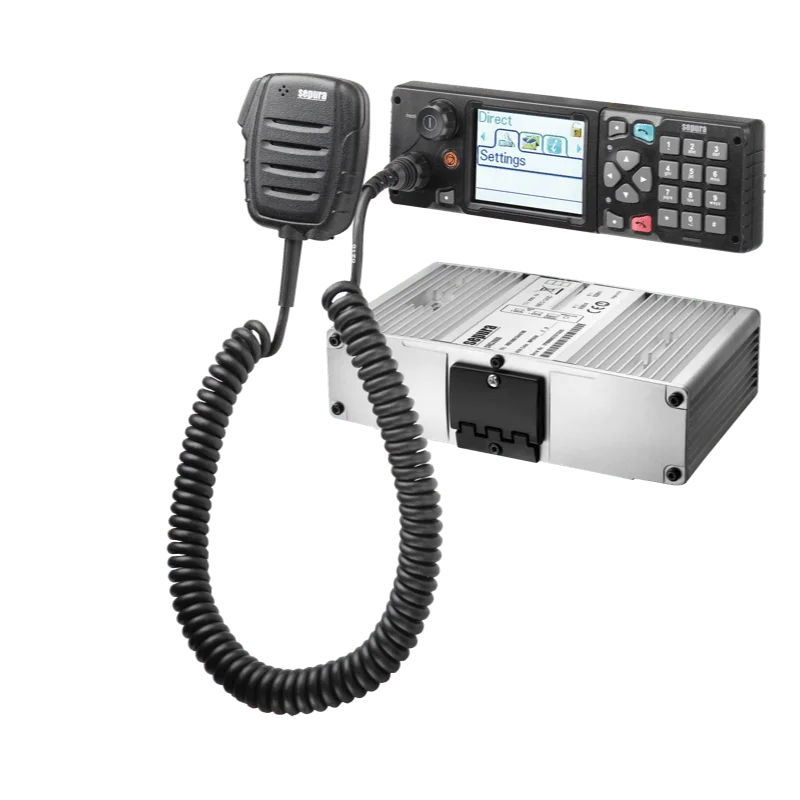TETRA Network
01
Agnico Eagle first selected TETRA in order to maintain effcient voice and data communications, essential to provide safe conditions for all their employees. “We also elected TETRA to greatly improve the safety of our workers as well as to simplify the maintenance and management of the radio system,” said Philip Quessy, Agnico’s IT General Supervisor for Nunavut.
02
From a single PowerTrunk-T core infrastructure and 1 base station in 2015, their TETRA network has grown significantly. The move to production and additional personnel signified an increase in radio communication and the security procedures which need to be applied. It therefore prompted a significant expansion of the existing TETRA network which will now be used by everyone on the site, from housekeeping personnel, to heavy vehicle machinery, and underground miners.
03
The Meliadine mine is now operating a fully redundant core TETRA infrastructure with 3 site base stations (SBS), and an additional mast-mounted base station (MBS) providing coverage for 500km2 area. The mine also extended their TETRA coverage underground over a standard UHF leaky feeder system. 2 MBS provide coverage for about 6-8km of underground drilling tunnels, with the deepest part reaching 350 meters (about 1,150 feet) below the surface of the ground.
04
The Amaruq mine has deployed its own core network with 3 SBS and 1 outdoor MBS for providing radio communications for area of about 3600km2 and another single indoor MBS for about 1km of underground tunnels
05
In total there are over 500 radios deployed with Agnico Eagle and every piece of light and heavy equipment including pickup trucks, drills, scoops, jumbos, loaders, graders, and forklifts are equipped with IP67-rated SRG3900 mobile radios. To date all radios and accessories have resisted the extreme low arctic temperatures and the water/salty environment.


